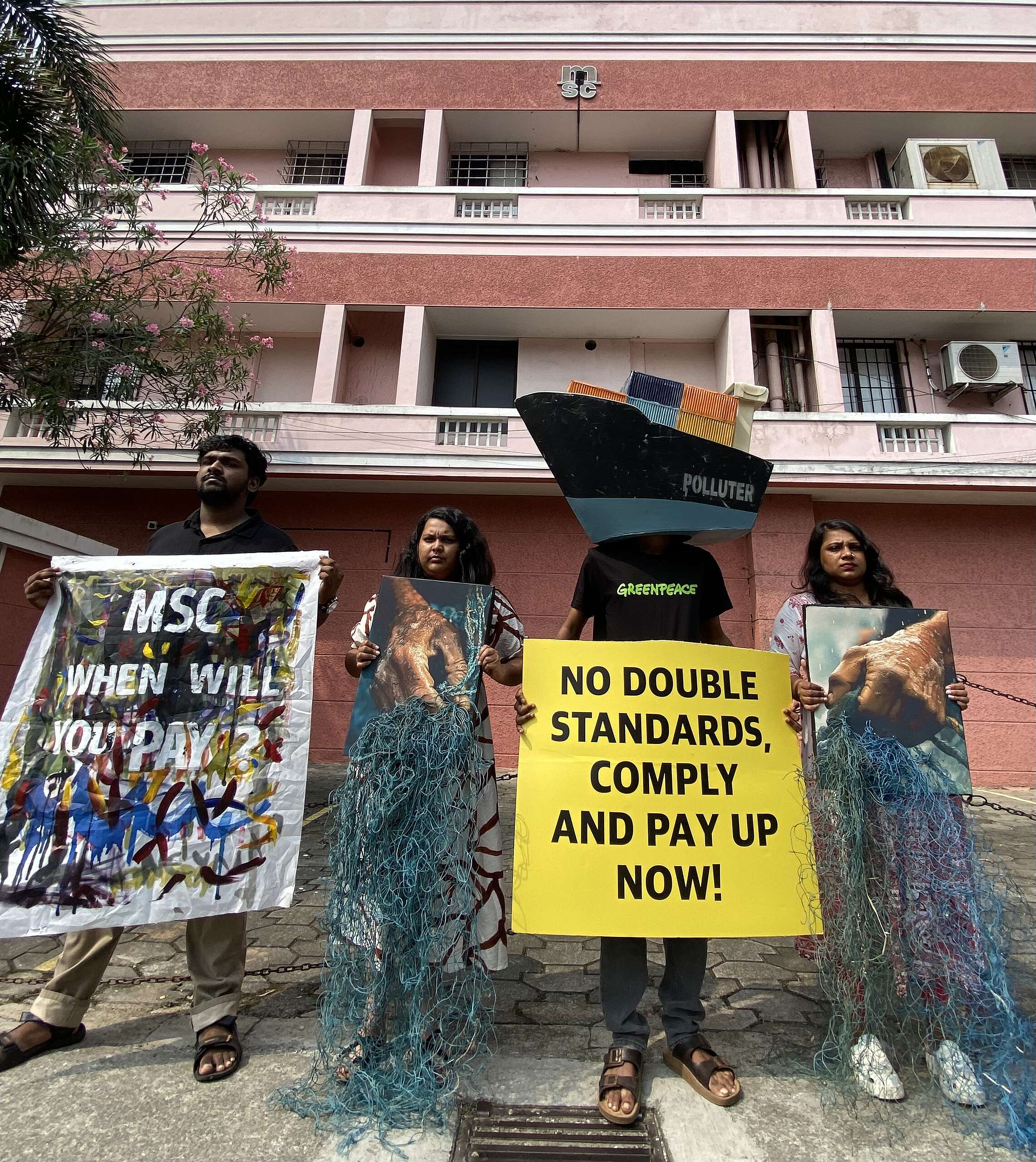70% of respondents said their monthly essentials budget was impacted by the rise in water prices, and 14% report reduced ability to access healthcare, while 8% noted an impact on their children’s education.
New Delhi, August 18, 2025: A rapid water audit conducted in Delhi has found that 34% of surveyed low-income households are spending up to 15% of their monthly earnings (₹6,000–₹10,000) just to access basic drinking water, reflecting a deep-rooted inequality and unsustainable water distribution system in the city, especially during peak summer months. The data shows a clear mismatch between water demand and actual availability—37% of surveyed households require at least 20–25 litres per day, but only 28% of those households actually receive that amount, and that too only if they pay for it.
The report, based on surveys from 500 households across 12 informal settlements like Sakurpur Basti, Savda Ghevra, Daya Basti, Chunna Bhatti, Khajan Basti, BIW Colony, Seemapuri, Sunder Nagri, Lohar Basti, Sangam Vihar (waste pickers basti), Raghubir Nagar JJ colony, and Kusumpur Pahari, found that a majority of residents are forced to depend on private water suppliers (34%), Delhi Jal Board tankers (29%), or Water ATMs (21%), while 14% use submersible connections and 2% borrow from neighbours.
Despite the Delhi government’s announcement in April 2025 to install 3,000 water ATMs, only 20 have been set up citywide till June and none in the surveyed informal settlements. Even where water ATMs exist (such as in Savda Ghevra, Sakurpur Basti, Khajan Basti, and Chunna Bhatti), 37% of users report malfunctioning systems and irregular service. Moreover, the promised 20 litres of free daily water is often unavailable or charged.
“Water is a basic right, but for these families, it’s an everyday crisis. In the settlements without water ATMs, people are forced to buy water from private suppliers at ₹15 to ₹30 per gallon. This isn’t just about missing infrastructure, it shows a clear gap between what policies promise and what people actually get. And summer and heatwaves only worsen the pain as people are forced to choose between water and food, water and school fees, water and medicine.” said Vaishali Upadhyay, Campaigner in Greenpeace India.
Key Highlights:
- Around 80% of respondents reported frequent or occasional water shortages, particularly during the March to July peak summer window.
- The lack of regular and affordable supply forces many to spend ₹500–₹1500 per month on water, which takes a serious toll on other household essentials.
- 37% of the respondents said they had either missed days or hours or because they were waiting in long queues to collect water.
“In our survey, many residents shared how they walk long distances or pay steep prices for water that isn’t even safe to drink. Government sources like tankers come rarely, and water ATMs where they exist are broken or charge extra. The infrastructure is failing those who need it the most. Clean and affordable water shouldn’t be a privilege—it’s a necessity,” Ankit Rana, a member of COHAS, who was part of the survey.
The audit calls for urgent policy action to bridge the growing gap between government commitments and on-ground realities. The Delhi government must fulfill its promise of installing 3,000 fully functional water ATMs, as outlined in the Heat Action Plan 2025. These ATMs should operate 24×7 in residential areas without restrictions on quantity, and must be extended to labour chowks, construction sites, markets, bus stands, and public parks to ensure wider accessibility.
Please find the full report here.
For Media Inquiries
Nibedita Saha,
Media Officer, Greenpeace India,
[email protected]
Vaishali Upadhyay,
Campaigner at Greenpeace India,
[email protected]



